A quick Google search shows that many users still rely on Excel for software license management, especially in forum discussions. However, a 2023 article from Techradar highlighted a major disconnect: “Surveying six million customers across nine industries and 12 regions, Nexthink examined over 30 popular software tools and found that 50% of all licenses were […]
Tag: software license management
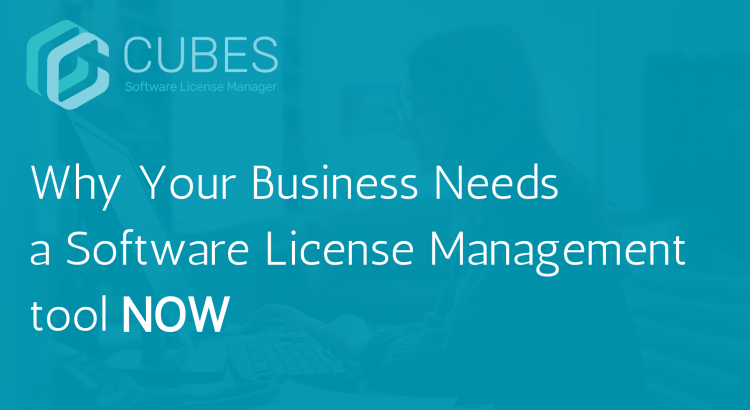
Why Your Business Needs a Software License Management Tool NOW
Unused software licenses can lead to unnecessary IT spending, a common issue in many IT organizations. Without proper records or systematic tracking, finances can slip through the cracks unnoticed. Inefficient license management results in non-compliance and hefty fines. Cubes helps organizations record and manage software licenses, significantly reducing unwanted IT spending and ensuring audit-readiness. 3 […]
Software Licensing Compliance Tool
Software License Management (SLM) involves centrally managing software licenses across an organization. A software license is a legal document issued by publishers or distributors, outlining rules for software usage. The SLM system, a subset of software asset management, includes tracking, documenting, and controlling software usage. It aids in compliance with end-user license agreements (EULA), notifying […]
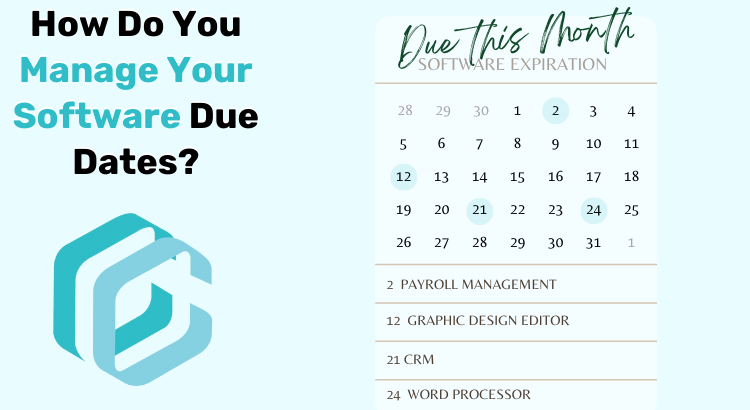
How Do You Keep Track of Software Due Dates?
Payroll software, graphic design software, Microsoft Suite solutions- the number of licenses your organization uses are aplenty! Keeping track of software due dates is crucial for businesses and organizations to ensure the seamless operation of their digital infrastructure. One key aspect of achieving this is through effective Software License Management (SLM). In this blog, we […]
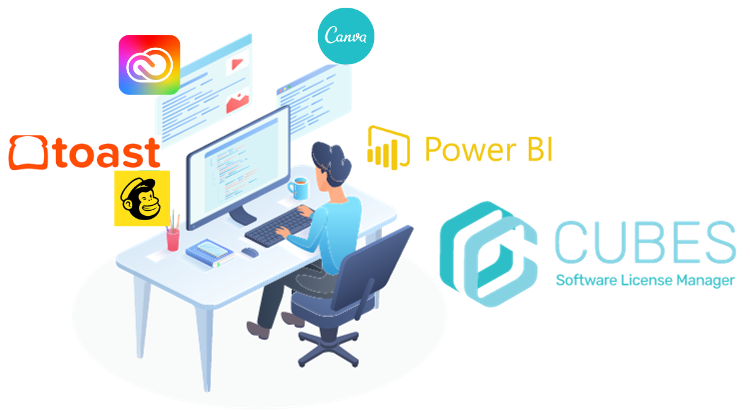
What is SaaS License Mangement?
SaaS license management, a component of software asset management (SAM), specifically addresses cloud-based applications and services. With contemporary business heavily reliant on the cloud, there is an increased need for improved tracking and management options for both new and established SaaS products. SaaS management emerges as the solution to meet this demand, offering comprehensive tools […]
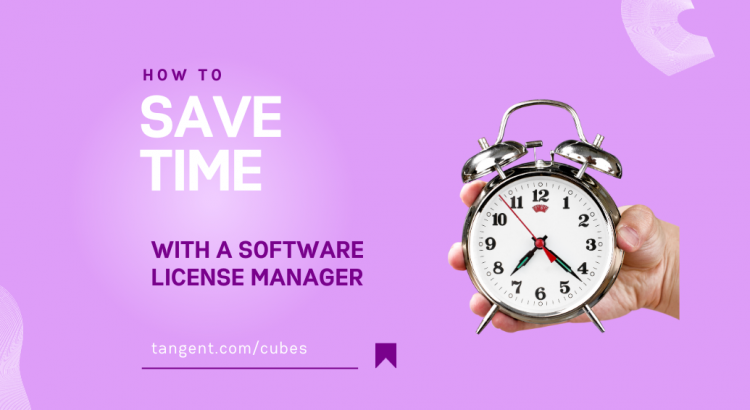
A Comprehensive Guide to Software Asset Management and License Management with Cubes
In today’s digital age, software plays a crucial role in the functioning of businesses across various industries. From managing finances to optimizing operations, software tools are essential for organizations to thrive. However, with the increasing reliance on software comes the challenge of managing software assets and licenses efficiently. That’s where Software Asset Management (SAM) and […]

Software Licensing Costs
Software licensing is a critical part of any IT environment. But it can also be a major expense. However, many businesses are left scratching their heads when it comes to software licensing costs. With so many different licensing options available, it can be tough to know which one is best for your business and how […]
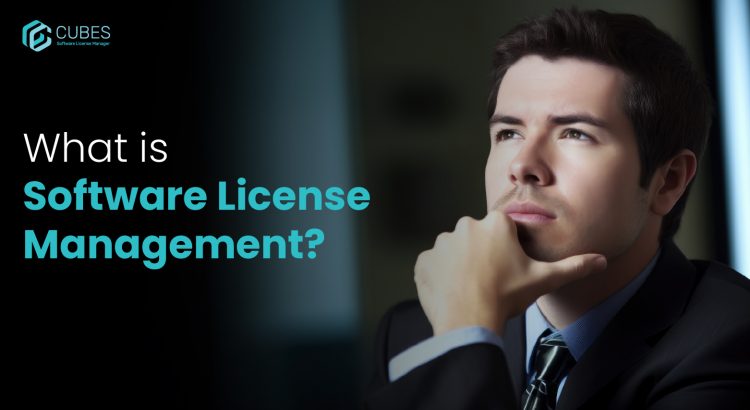
What is Software License Management?
Do you know how many software licenses your business has? Do you know how many of those licenses are actually being used? If you don’t, you’re not alone. Many businesses struggle to keep track of their software licenses. However, this can be a problem with a number of avoidable consequences. It is, therefore, important for […]
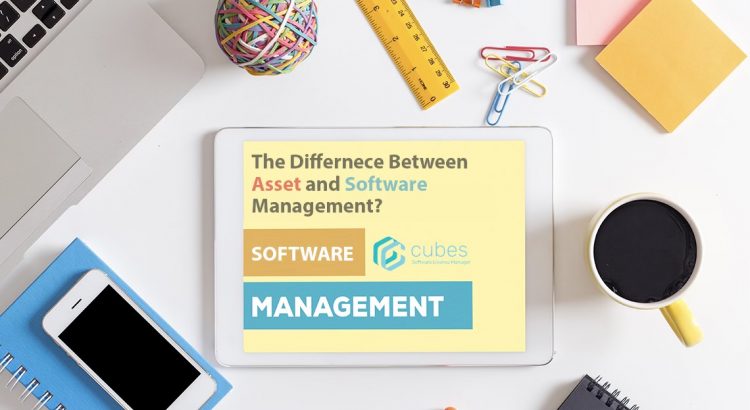
The Difference Between AMS (Asset Management Software) and SAM (Software Asset Management)?
Asset management software, is a tool designed to help businesses and organizations track and manage their physical and digital assets throughout their lifecycle. These assets can include tangible items such as computers, office equipment, machinery, vehicles, and furniture, as well as intangible assets like software licenses, patents, and warranties. The primary functions of Asset Management […]
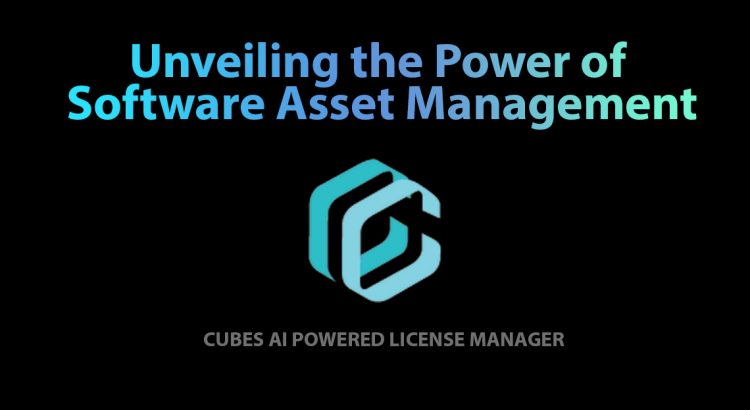
Unveiling the Power of Software Asset Management
In today’s fast-paced digital landscape, businesses heavily rely on software solutions to drive their operations. However, managing a multitude of software assets can quickly become overwhelming, leading to inefficiencies, financial risks, and compliance challenges. That’s where Software Asset Management (SAM) comes into play. In this blog post, we will explore the concept of Software Asset […]
